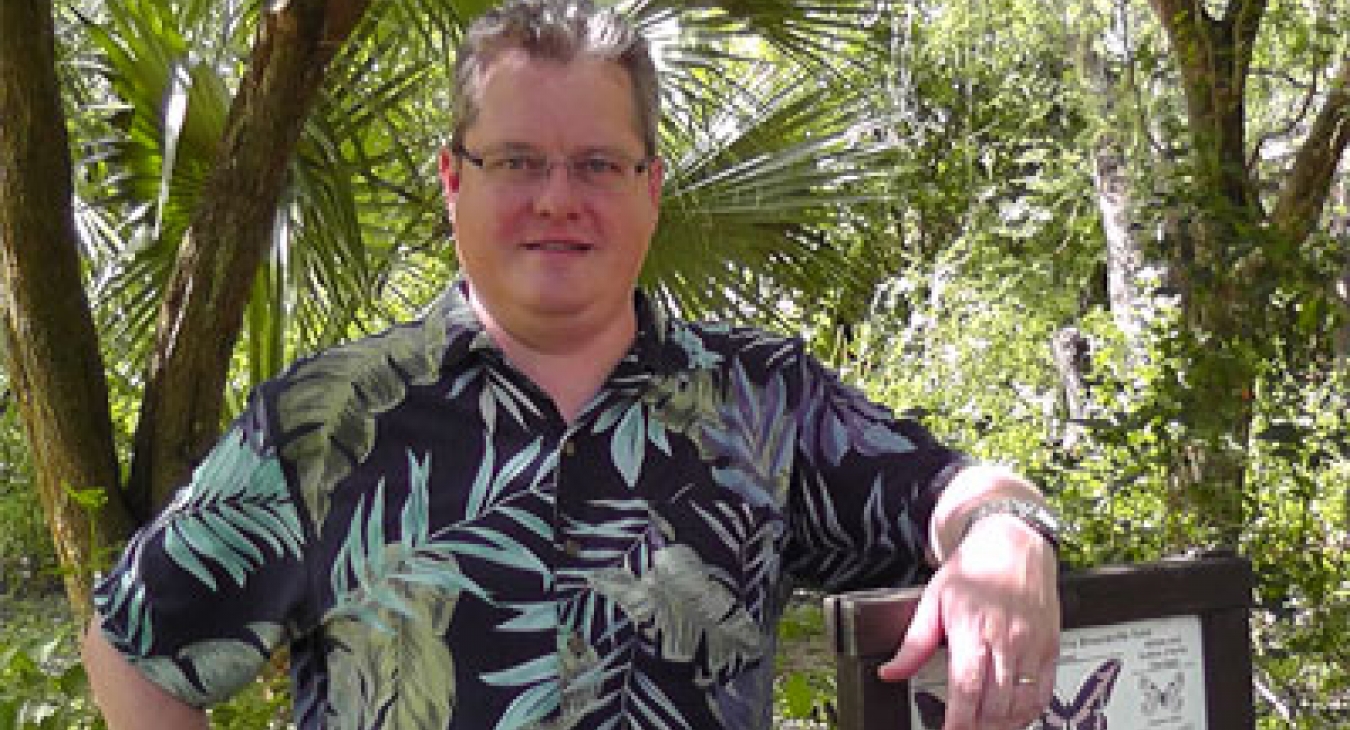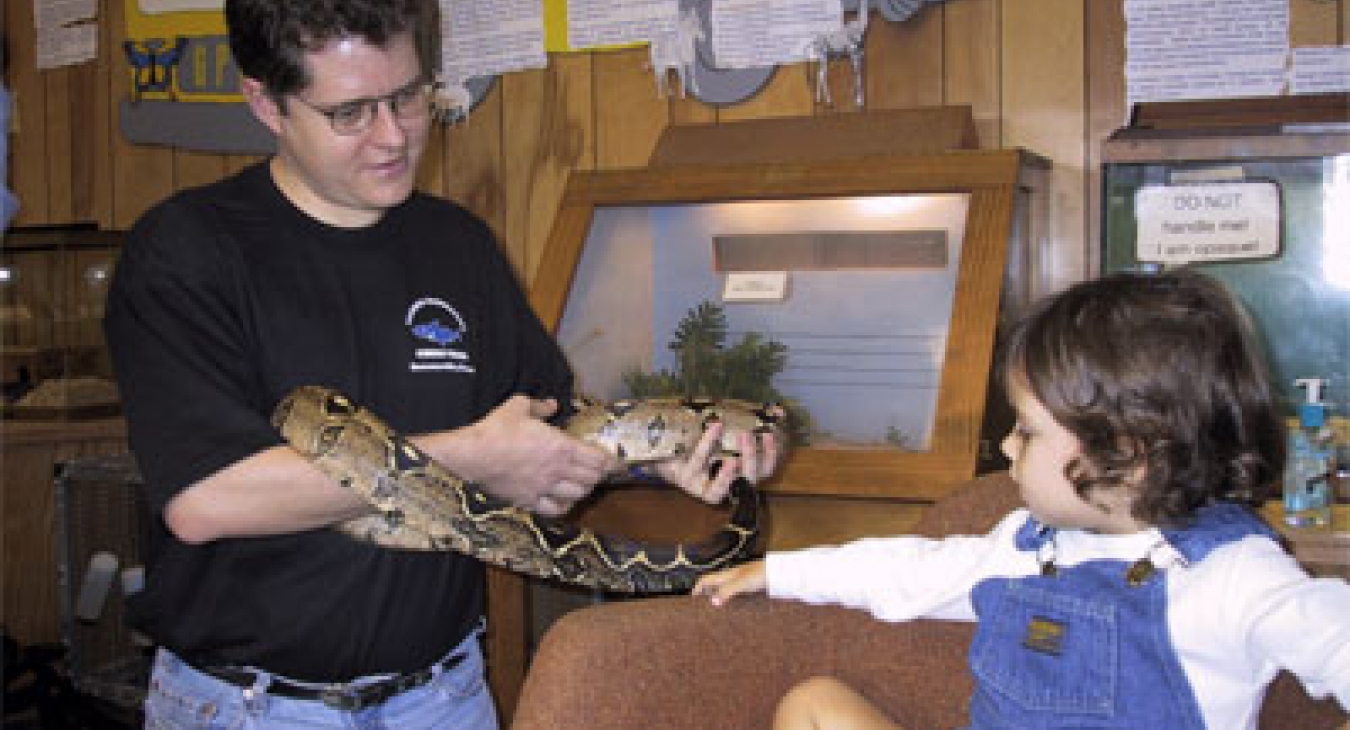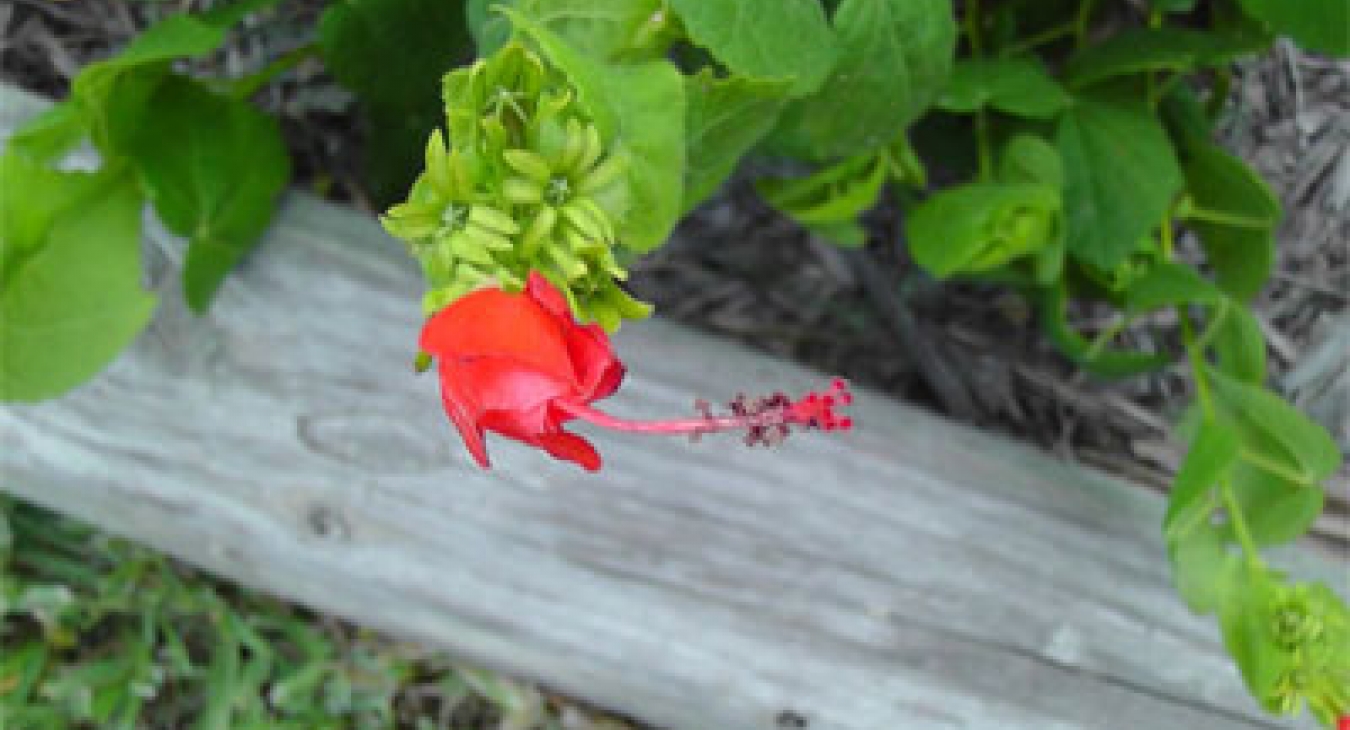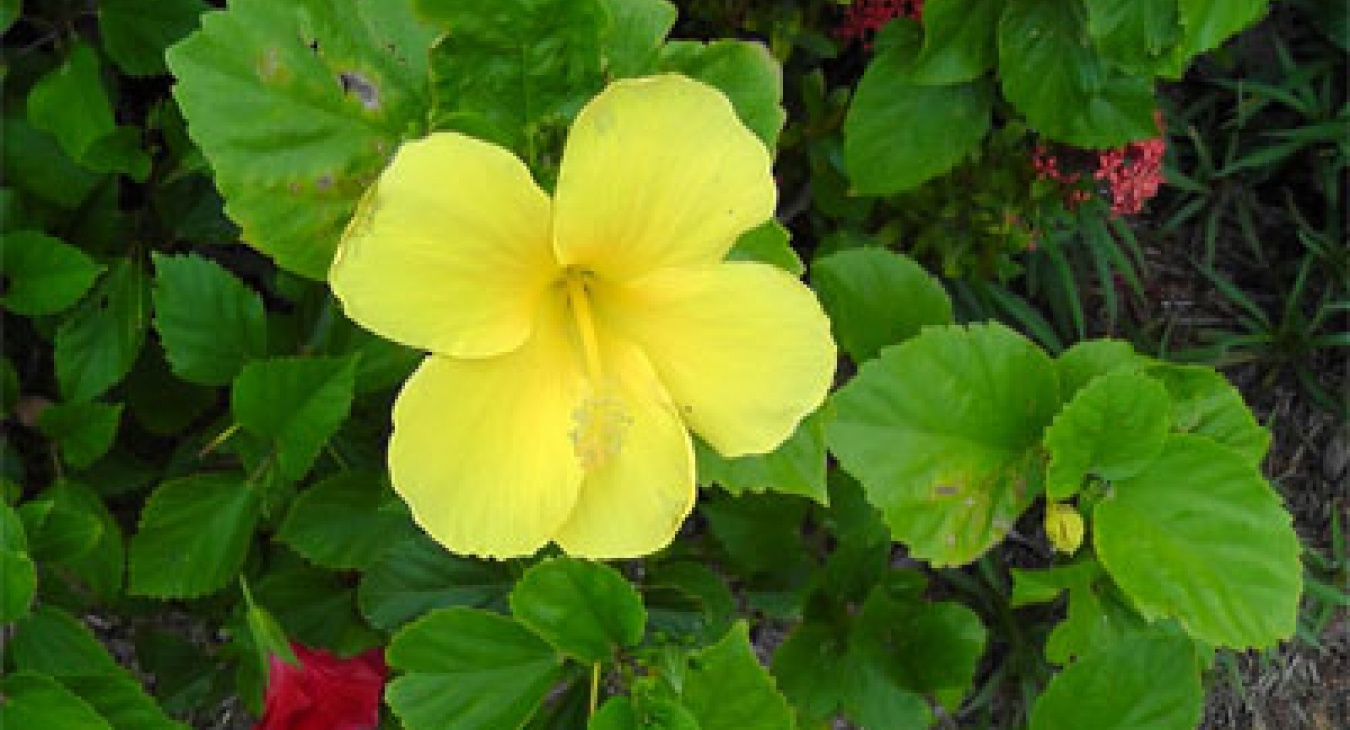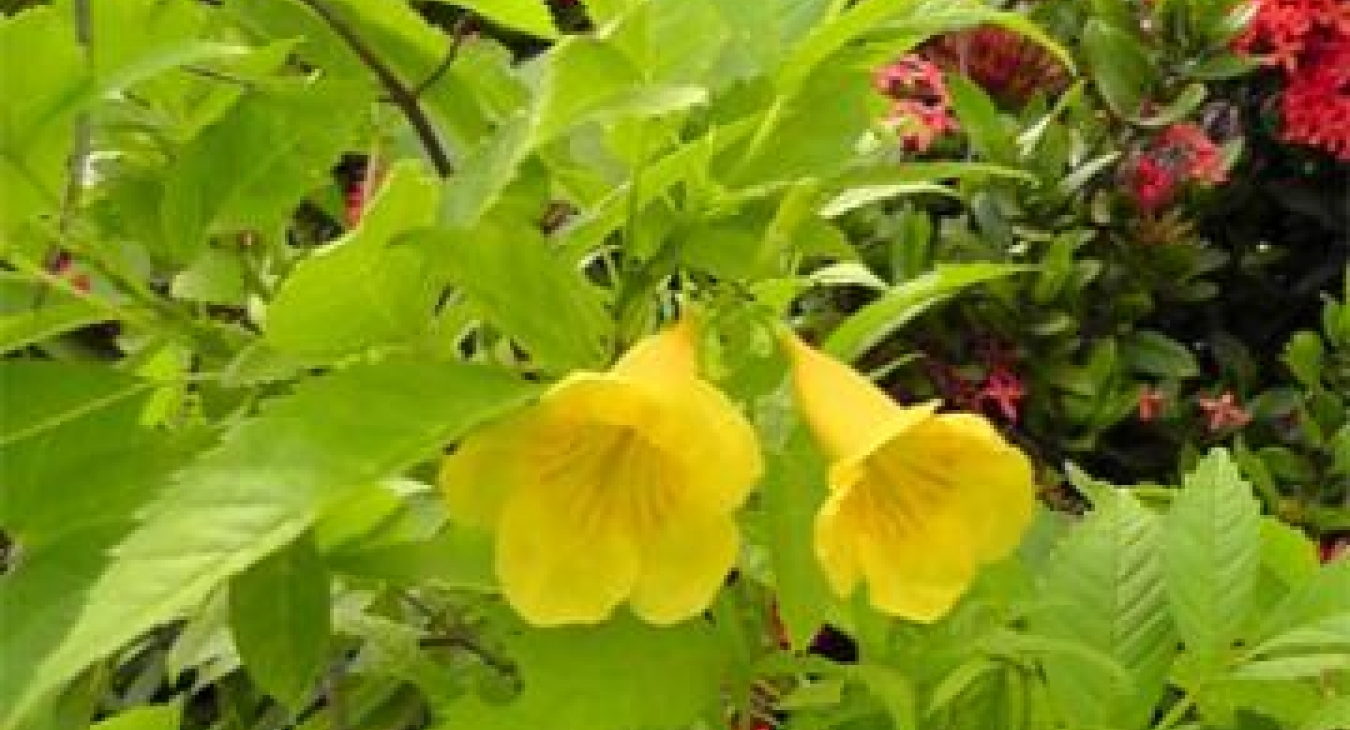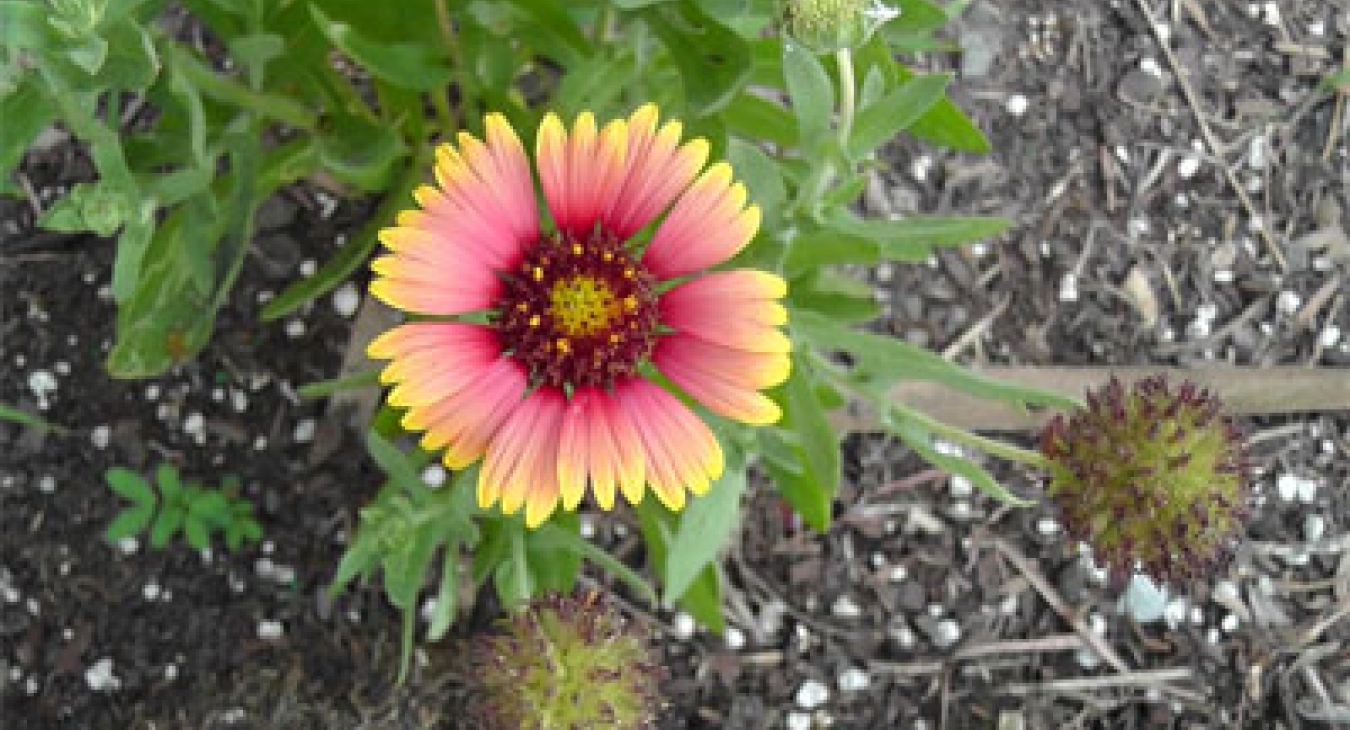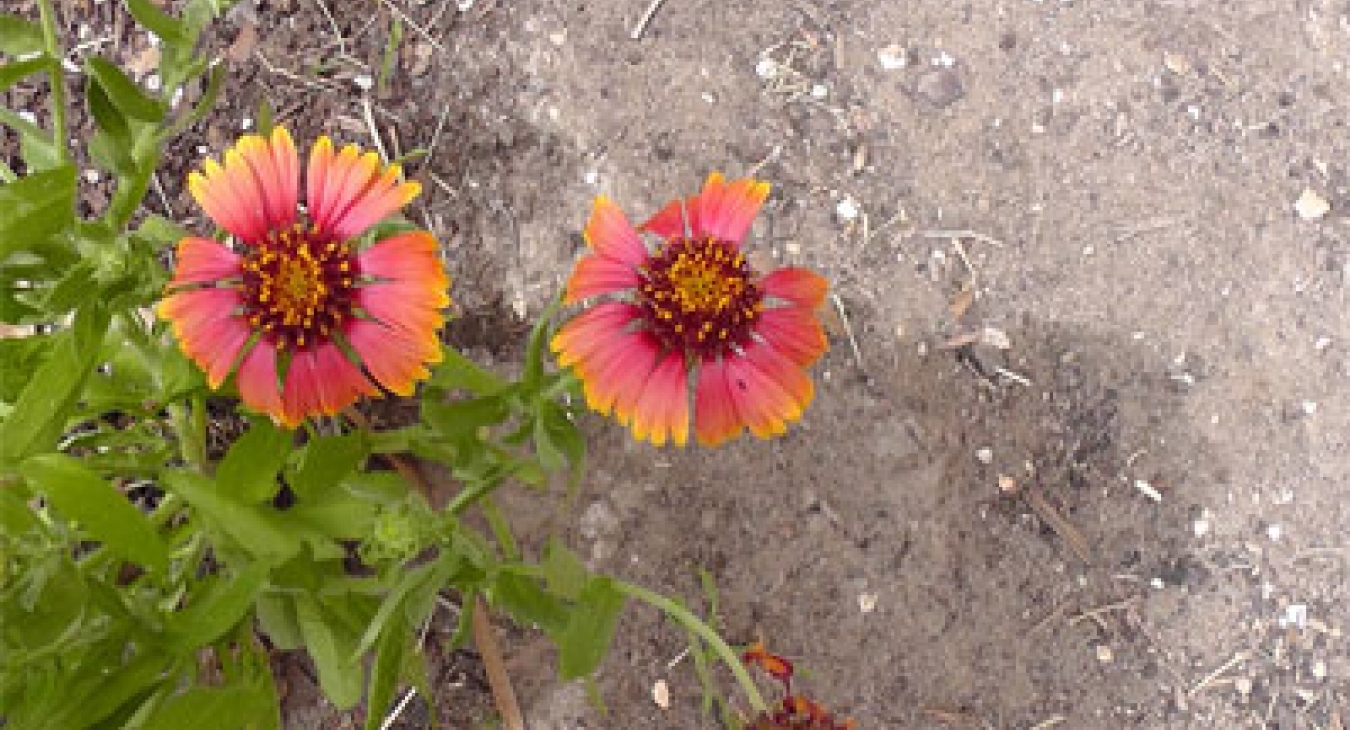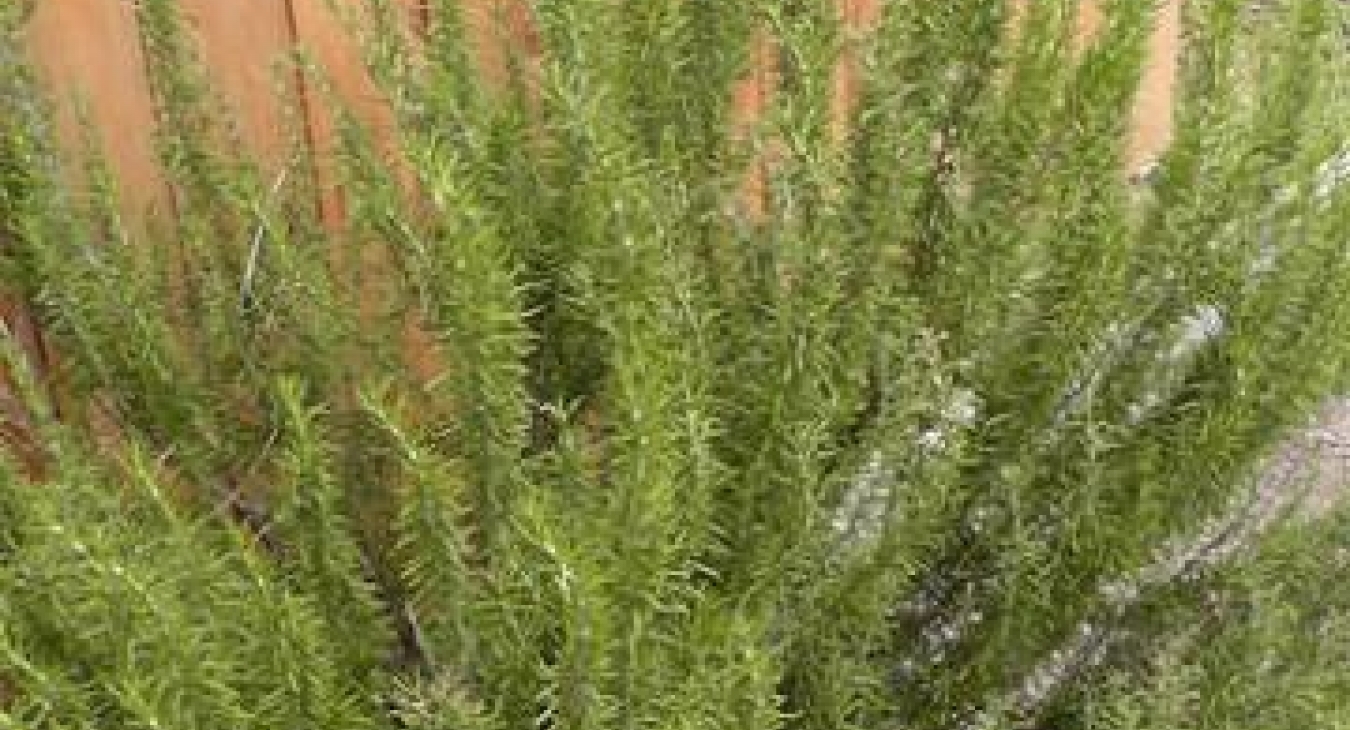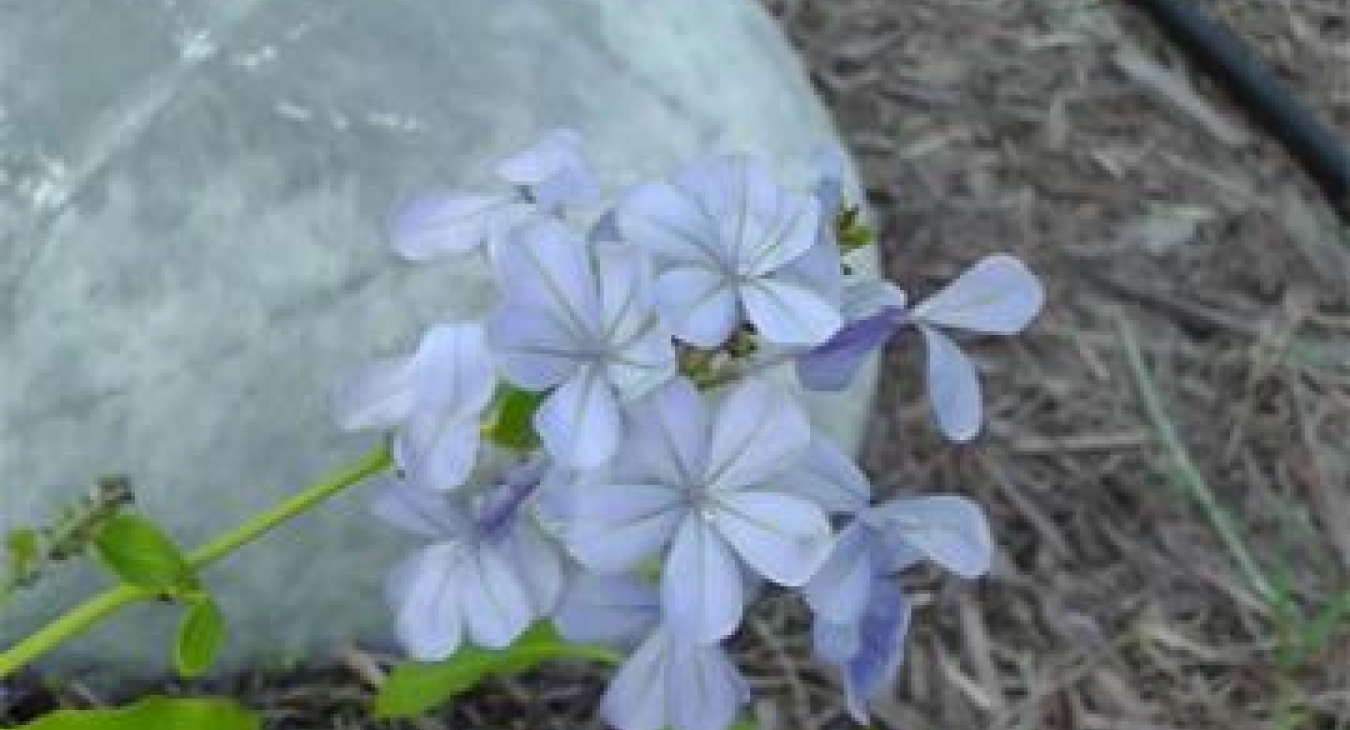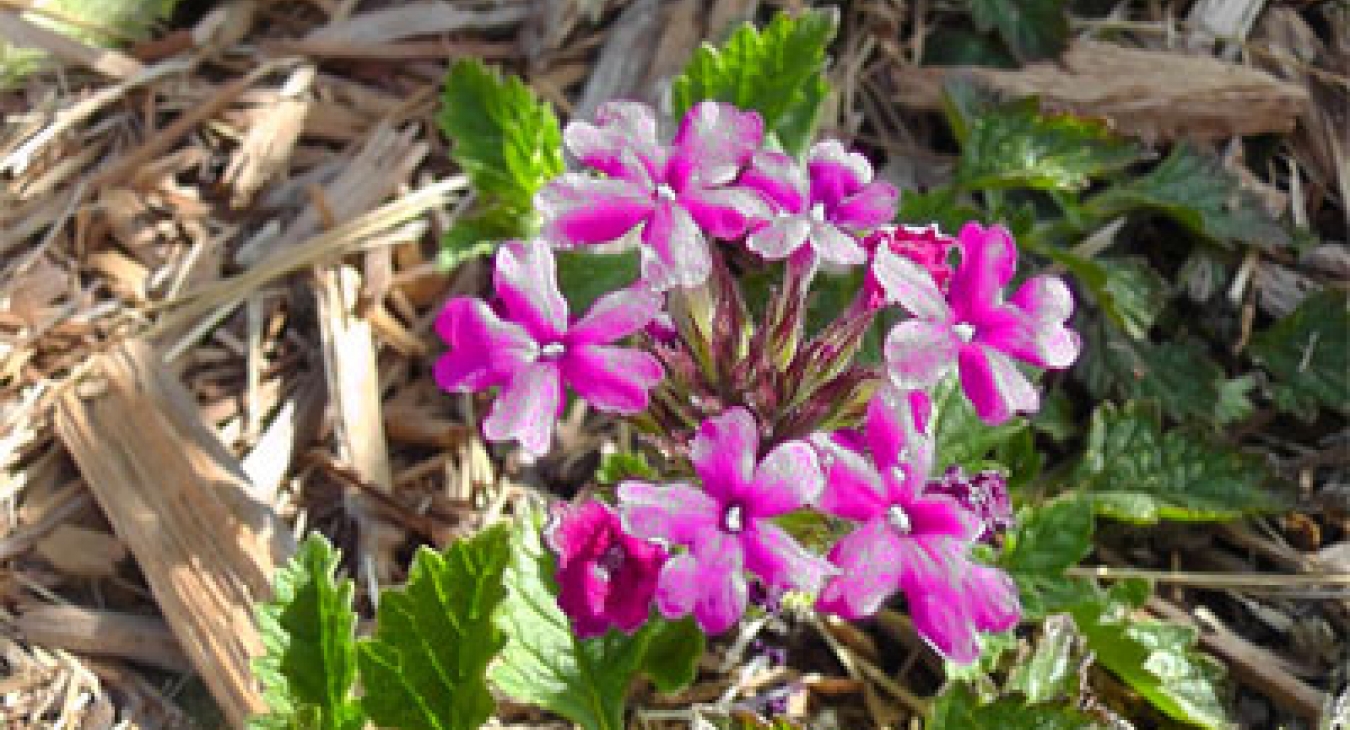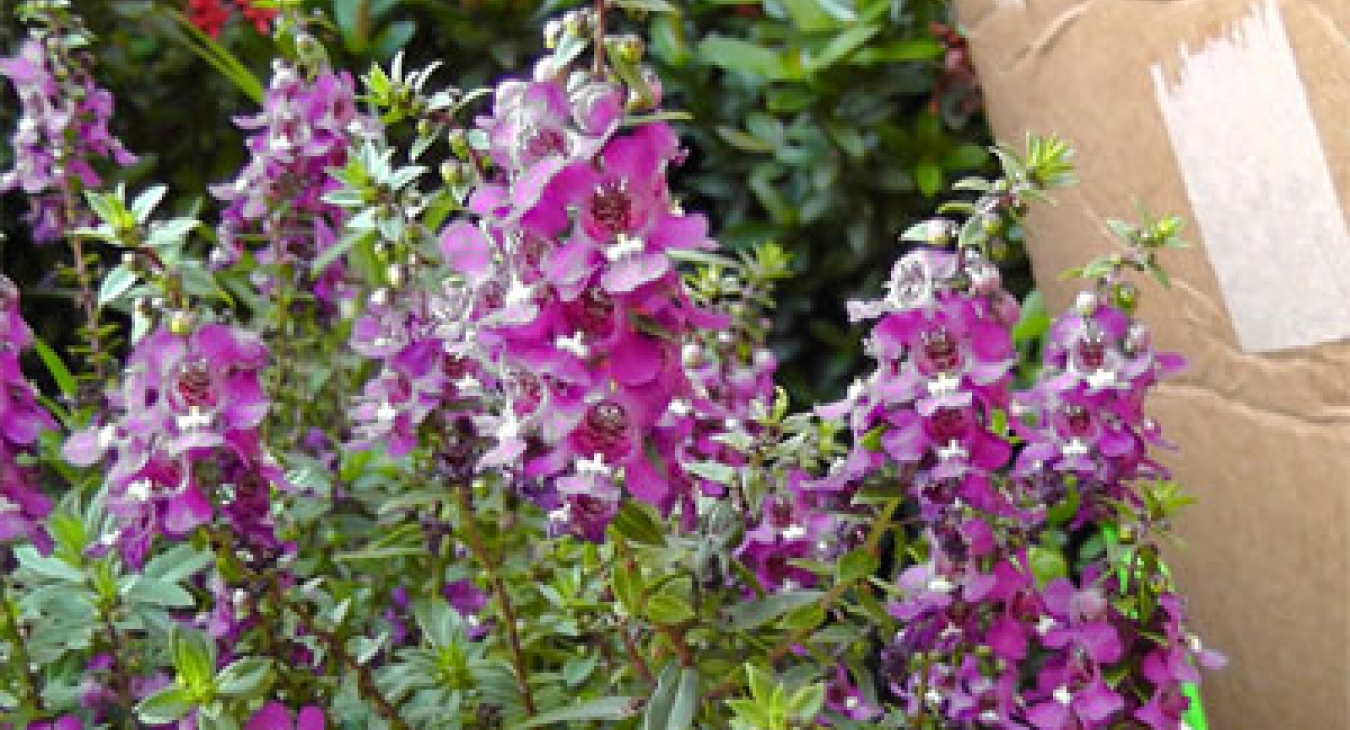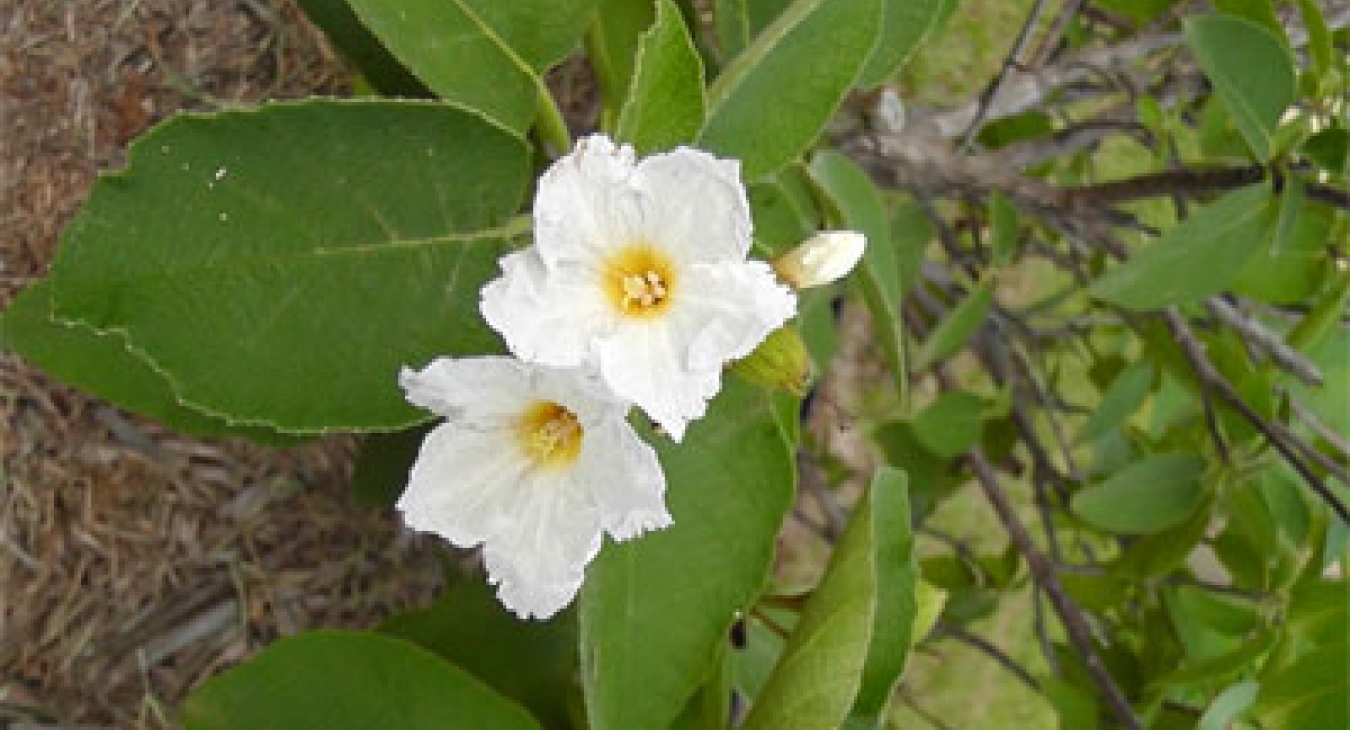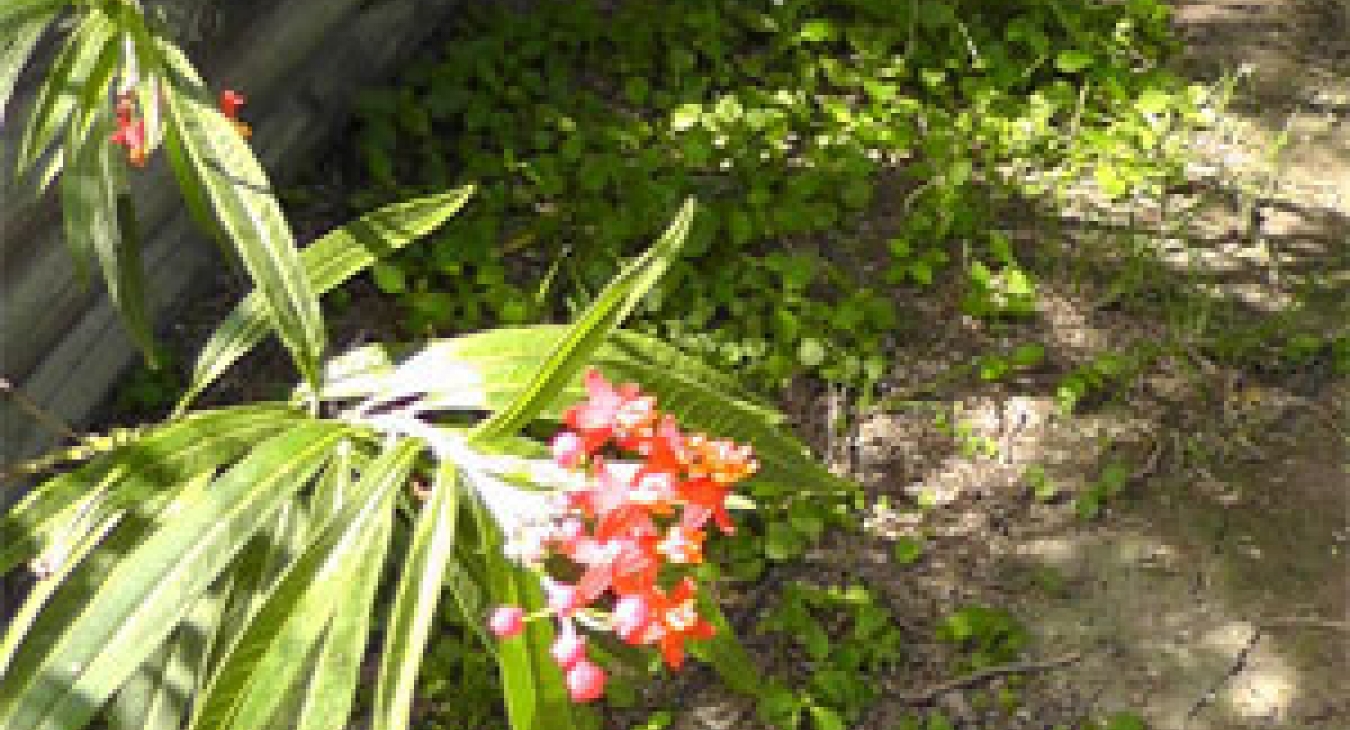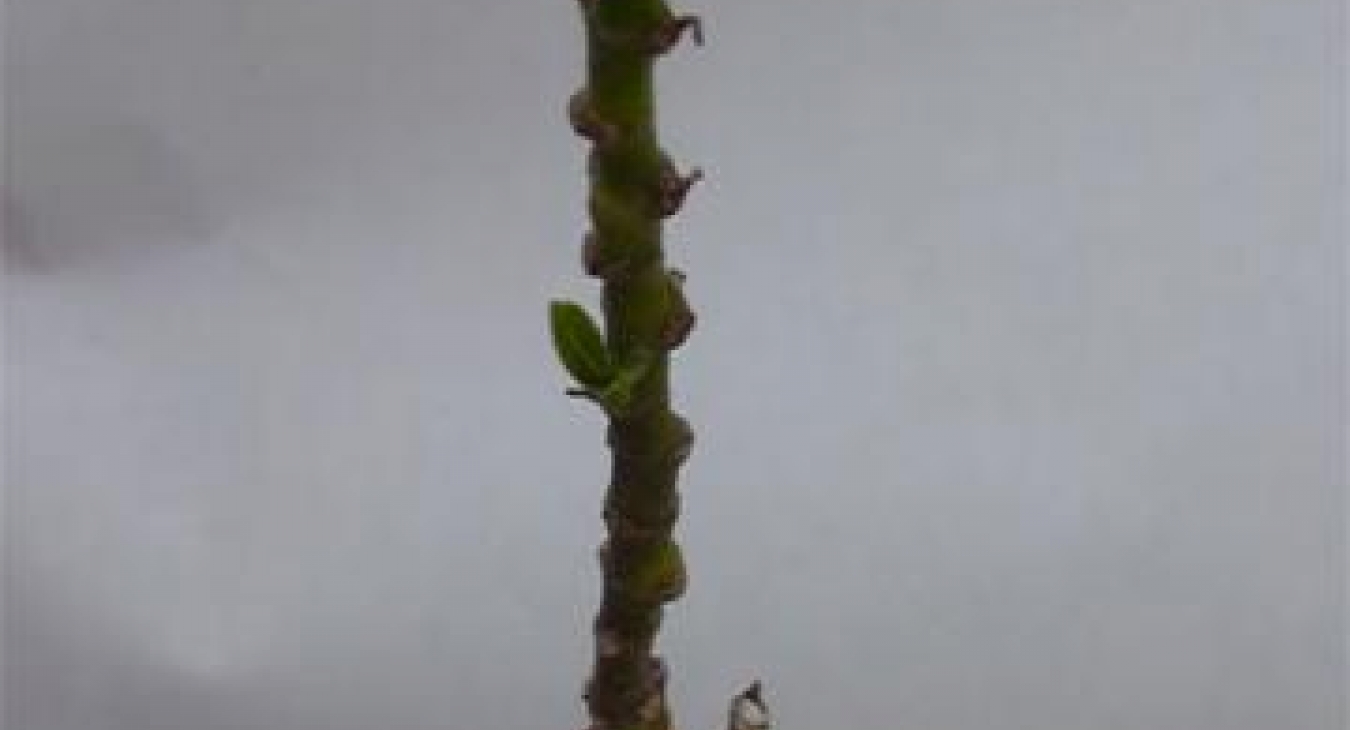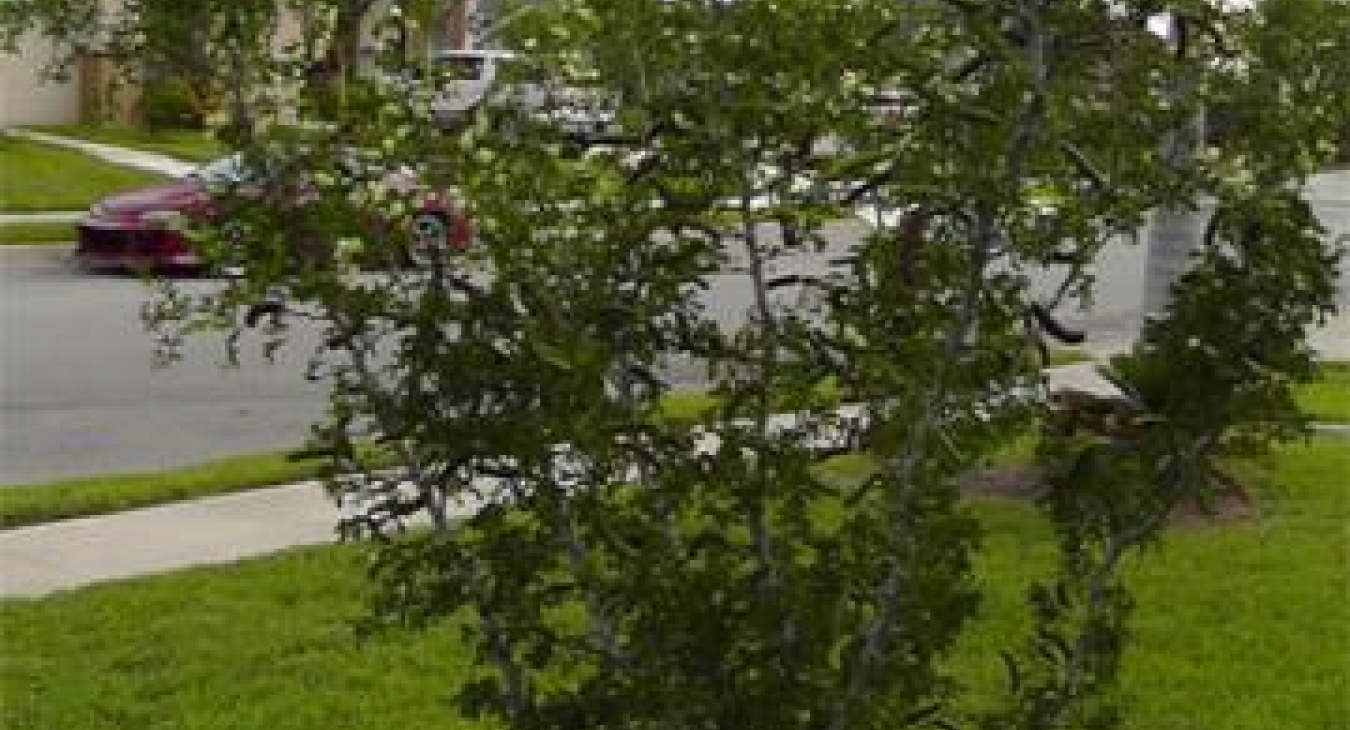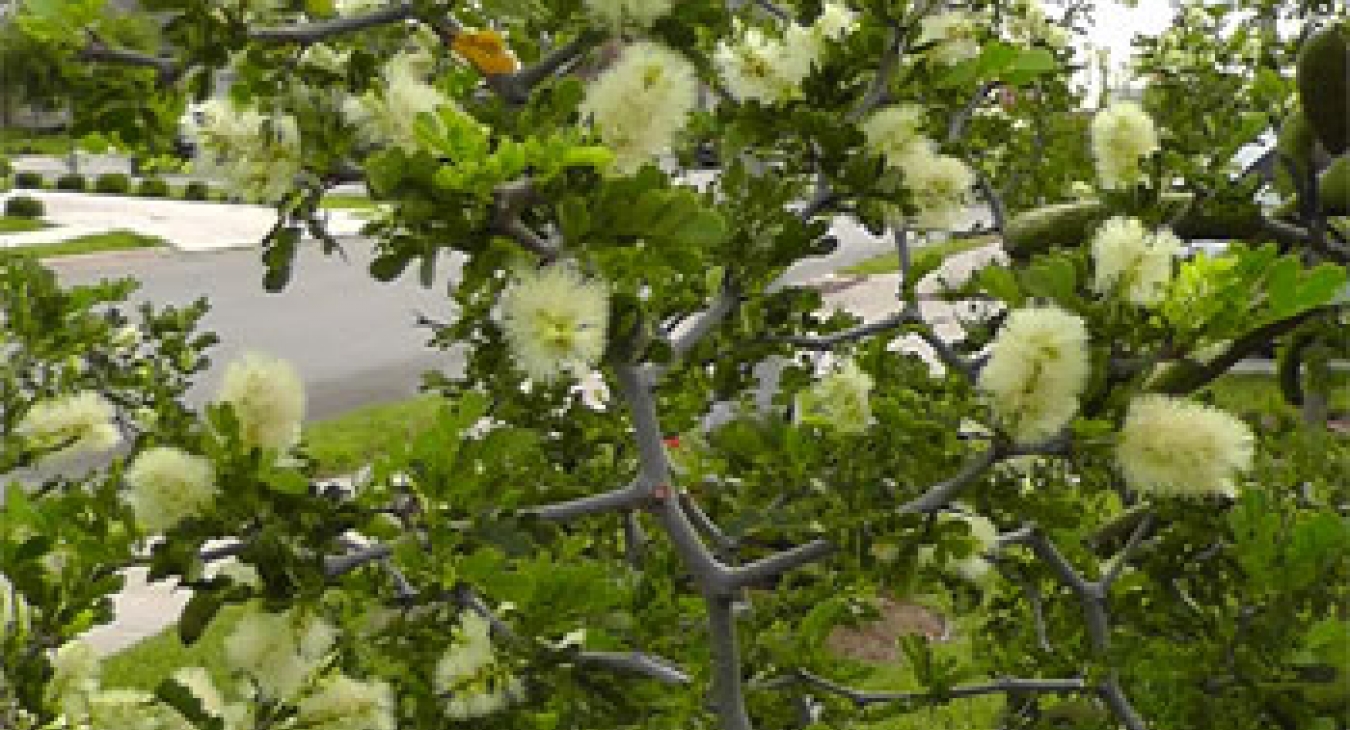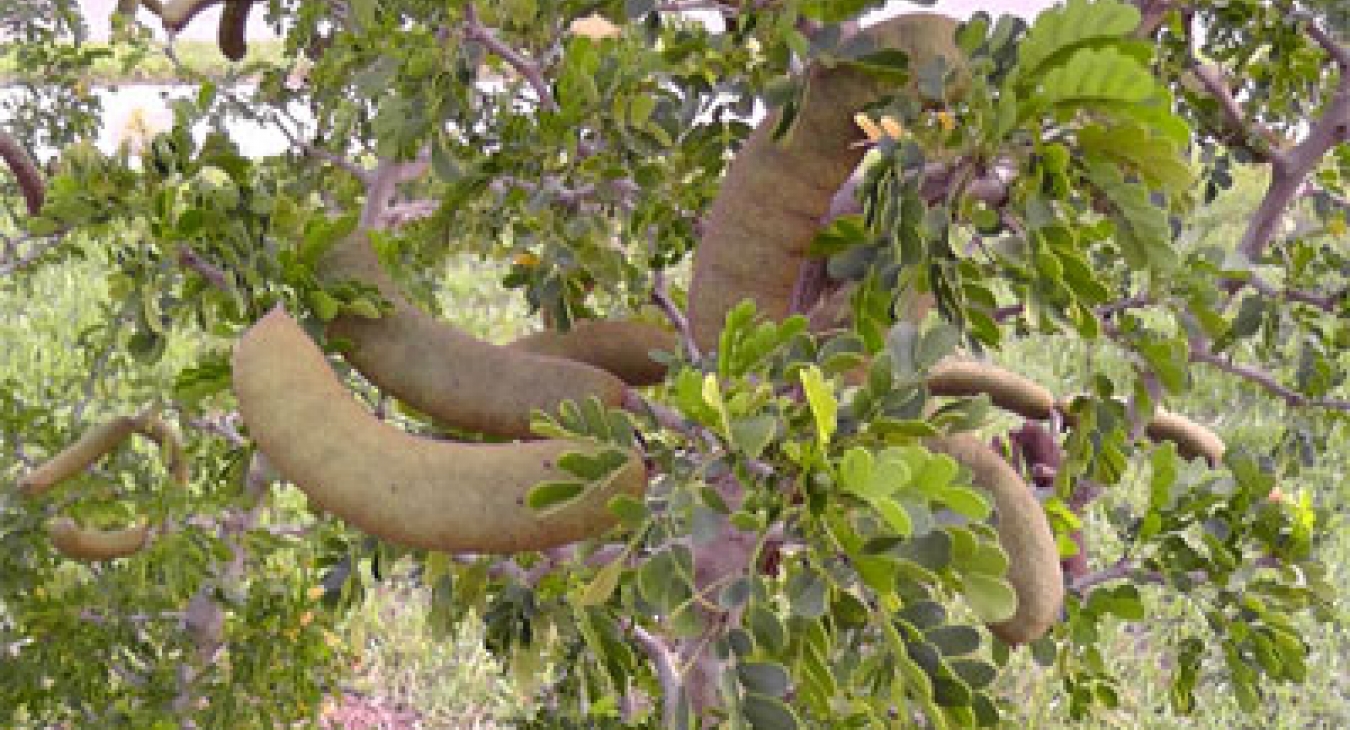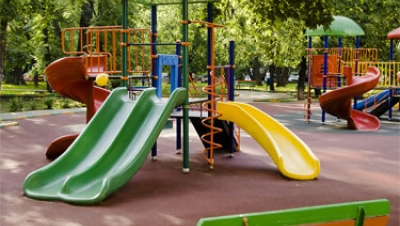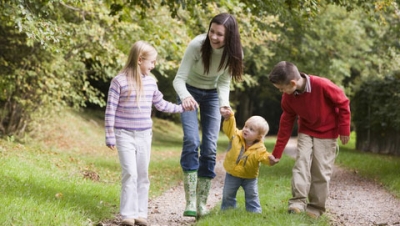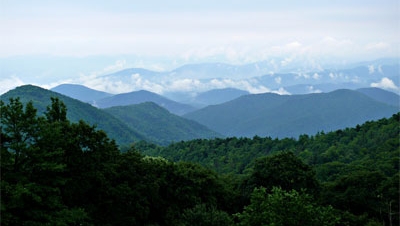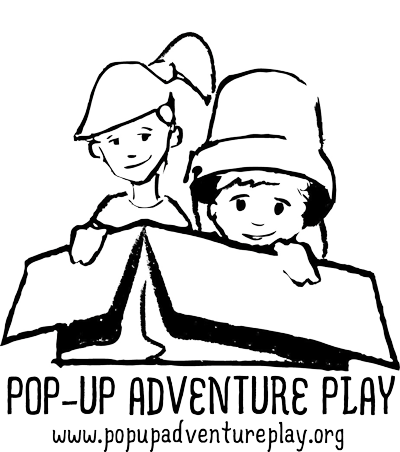Playing with Flowers - Dr John Sutterby
The earth laughs in flowers - Ralph Waldo Emerson
Many have written about the importance of nature far better than I ever could. However, as the first few days of summer have passed I thought I would offer a few reflections on the nature that surrounds me and how I relate to it in a playful way.
We all have an affinity for nature. E. O. Wilson in his book In Search of Nature writes, “Biophilia…is the innately emotional affiliation of human beings to other living organisms.” We are attracted to living things, Wilson writes, because they are so much connected to our survival. We notice movement because it may signal prey or danger. We are attracted to cute animals. People spend hours looking at funny pet videos or puppy pictures.
We are also attracted to things that are dangerous like spiders and snakes. My daughter Sofia seems quite captivated with the snake I am handling during an activity at the zoo that we did a while back. We may not like being near some creatures and may even have a fear of them, but we cannot help but be interested in them when they are nearby.

On the other hand we are often attracted to the beauty of flowers.
Flowers
When we discuss nature, we often think of the exotic or the spectacular: glaciers, The Grand Canyon, rainforests. We visit zoos to see exotic animals from all over the world. Richard Louv in his book The Last Child in the Woods discusses our habit of teaching children about rainforests in schools rather than the nature that surrounds them. When we think of nature as the exotic we often overlook the nature in our own backyards. So in that spirit, I would like to share with you the colors of the rainbow from my backyard.
Red, turk’s cap

Orange, a lily maybe, but I don’t remember

Yellow, hibiscus and esperanza


A little bit of all three, Indian paintbrush


Green, rosemary, (I know it is not a flower, but it looks good anyway)

Blue, plumbago

Purple, verbena and angelona


I even have white flowers, Mexican olive or anacahuita in Spanish

Butterflies

This is another cool flower I usually have in my garden. It is called milkweed or sometimes butterfly weed. Anyone who notices butterflies will know that this plant is very popular with monarch butterflies. First the adult drinks nectar from the flowers and second they lay their eggs on the leaves, it is the only kind of plant that a monarch will lay eggs on. The caterpillar eats the leaves, forms a chrysalis, and the process continues. The milkweed diet is what keeps monarchs safe from predators. The milkweed gives them a bad taste so birds stay away.
This is what milkweed usually looks like. I took this picture at a local nature park call Sabal Palm Sanctuary. It is run by the Audubon Society and it is located on the banks of the Rio Grande on the other side of the border wall. You have to make sure to leave the park on time before the Border Patrol come and shut the gates to the wall.

This is the milkweed I have right now. As you can see a monarch has been by recently and has laid waste to the plant. The plant is very hardy and as you can also see is beginning to recover from the caterpillar meal.

If you want to know more about monarchs, this is one of my favorite sites for information.
http://www.learner.org/jnorth/monarch/
Texas Ebony
Texas ebony is a tree that grows commonly in South Texas and northern Mexico. Some people like them and some people don’t. First of all they have some seriously nasty thorns. I have often heard that in South Texas we don’t have many tree huggers, because most of the trees have thorns. The other thing people don’t like about this tree is that it drops these big black pods all over the ground beneath it. People who like this tree appreciate the thick shade provided by the dense leaves. Texas ebony is also especially adaptive in that it blooms around the time we have rainfall. Some Texas folklore even suggests that the tree is better at predicting the weather than the weather service. The big pods, sometimes called monkey ears, have seeds which are edible.

Ebony flowers

Ebony pods

That is all for now. When you go outside to play remember to keep nature in mind.


